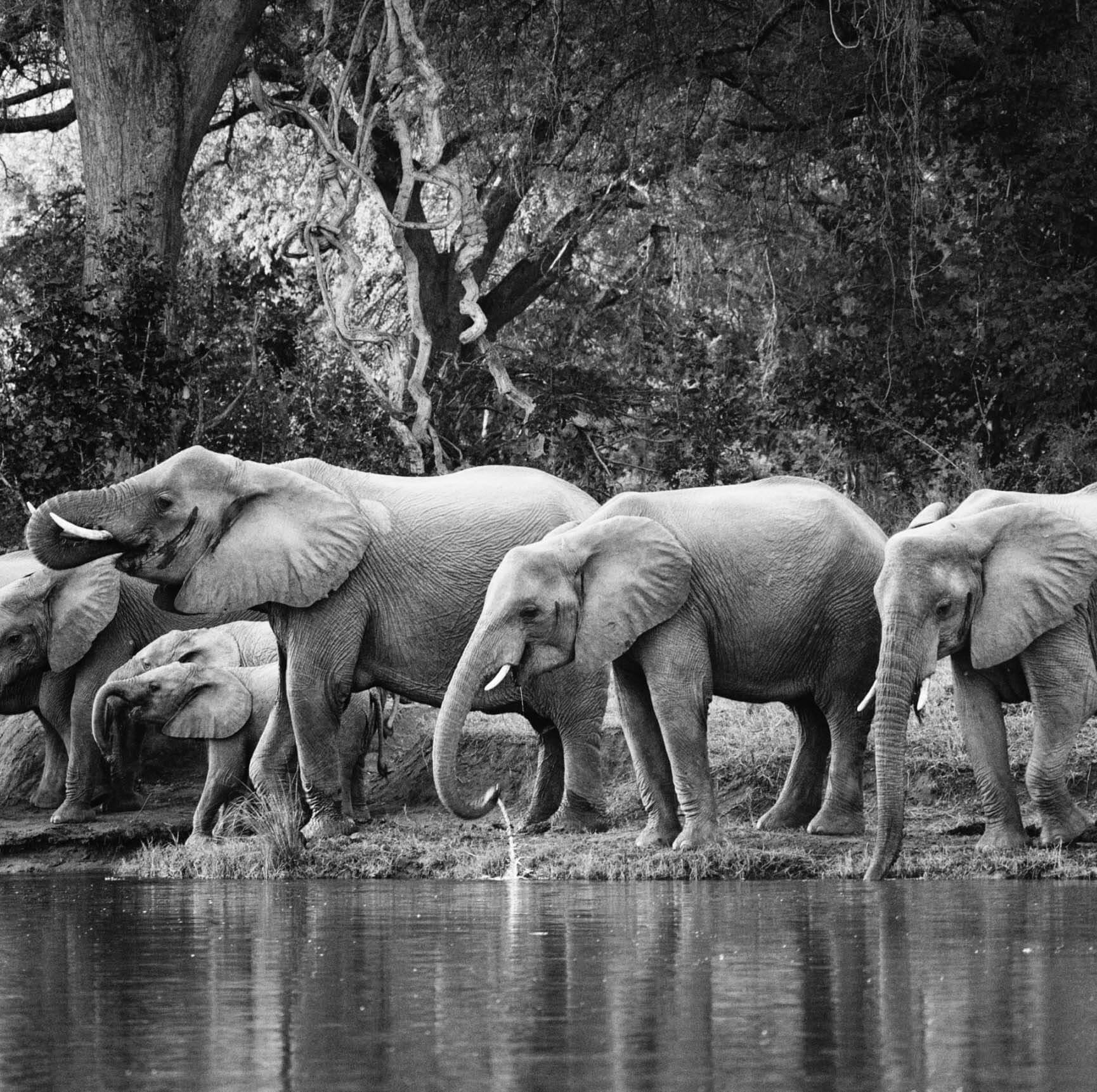


A land unchanged by time, Liuwa Plain’s vast savannah is one of the oldest conservation areas in Africa, yet it’s one of Africa’s best-kept secrets. With its golden grasslands and shimmering lagoons, Liuwa Plain transforms with the arrival of the rains from a vast grass plains to a watery wonderland. Time + Tide King Lewanika is the only permanent camp in the Liuwa Plain, named after the King of Barotseland, Lubosi Lewanika, who appointed his people as the custodians of the reserve.
Watch a flock of cranes swirl over a sea of wildflowers in the clear morning sun. Listen to the distant rumble of an afternoon thunderstorm gathering on the curved horizon. Take a deep breath and catch the scent of the long grass as a soft breeze whispers through it. Feel humbled amid the second-largest gathering of wildebeest, thousands of zebra and oribi, hyena in clans of 50 or more, or a speeding cheetah teaching its cubs how to hunt. This is Liuwa Plain!
Region information
- 3,660 km2
- Vast savannah that transforms with the seasonal rains
- Habitat that attracts rare and endangered bird species
- Large lion prides
- Clans of up to 50 hyena
- Large wildebeest movement through the Liuwa Plain
- Reintroduced Wild dog thriving pack
One of the oldest conservation histories in Africa, Liuwa Plain was proclaimed a protected area in the early 1880s by the head of the Lozi tribe, King Lewanika. Its 3,660 km2 of broad savannah are home to the second largest wildebeest movement on the continent, a flourishing cheetah population, the famed Lady Liuwa lion pride, Africa’s densest concentration of endangered wattled cranes and other rare game, yet it remains one of Africa’s greatest secrets.
Time + Tide King Lewanika is the first permanent camp in the Liuwa Plain and was conceived in collaboration with African Parks, who since 2003 have managed the national park in partnership with the Zambian Department of National Parks and Wildlife and the Barotse Royal Establishment, the monarchy of the Lozi people who live in and around the park.
Liuwa Plain, Zambia
Let’s plan your trip
Ready to plan your trip?
One of the oldest conservation histories in Africa, Liuwa Plain is a celebration of thriving wildlife, culture and community.



